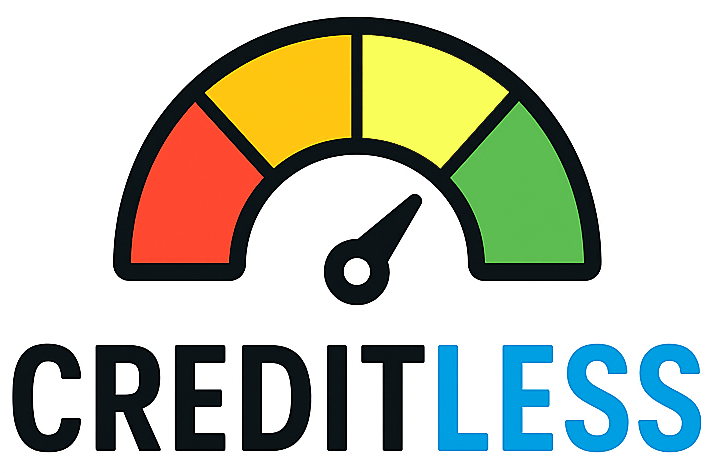Intro: Why the deposit amount matters for your credit
Secured credit cards require a cash deposit that becomes your credit line. That deposit does more than secure the issuer — it determines your limit and influences one of the major drivers of credit scores: credit utilization. Choosing the right deposit amount helps you use the card to build or rebuild credit while avoiding unnecessary risk to your score.
This article explains practical deposit strategies, gives number-based examples you can apply immediately, and lists clear steps to protect and grow your credit history with a secured card.
Key rules of thumb: utilization targets and deposit logic
When deciding how much to deposit, keep these simple rules in mind:
- Target under 10% utilization for the best chance of outsized score benefit. If possible, keep your reported balance below 10% of the deposit/limit.
- Acceptable range: 10–30% is still fine — dependable improvement is common if you reliably pay on time and keep balances moderate.
- Avoid >30% regularly because utilization above that level can materially hurt short-term score movement.
- Deposit = credit limit on most secured cards, so your deposit choice directly sets the utilization denominator.
Example math (to illustrate):
- If you deposit $200 and the issuer sets your limit at $200, keeping the reported balance below $20 keeps utilization under 10%.
- A $500 deposit gives you more breathing room: a $50 reported balance = 10% utilization.
Bottom line: smaller deposits are fine if you can keep balances tiny and pay before the statement closing date; larger deposits reduce utilization automatically and are less work to manage.
Practical deposit strategies by situation
Pick the strategy that matches your cash availability and credit goals.
1) You have very little cash but need to start building credit
- Deposit the minimum required (commonly $200) so you can open the account.
- Use the card for one small recurring purchase (e.g., streaming or a utility) and pay in full every month before the statement closes so the reported balance is near $0.
- Set up autopay and alerts to avoid late payments — payment history matters most.
2) You want faster score improvement and can afford a larger deposit
- Choose a deposit that gives you a comfortable buffer so typical spending stays under 10% utilization (e.g., $500 deposit for $50 monthly spending).
- Consider a $1,000 deposit if you plan to make larger monthly purchases — the higher limit reduces utilization impact.
3) You’re rebuilding after recent damage and want steady progress
- A moderate deposit ($300–$500) combined with consistent on-time payment and at least one active tradeline reported to the bureaus helps rebuild payment history and mix.
- Keep the account open when you graduate to an unsecured card — age of account and on-time history both help long-term scores.
4) You want the simplest, lowest-effort path
- Deposit enough so your usual spending naturally stays under 30% (safer: under 10–20%) and pay in full each month. This reduces the need for constant monitoring.
Note: if you plan to convert the secured card to an unsecured product later, a higher deposit that the issuer will refund at conversion is still useful because it allows you to build months of on-time payments and low utilization first.
Steps to protect your score while using a secured card
- Confirm reporting: Before you apply, verify that the issuer reports payment history and balances to the three major bureaus (Equifax, Experian, TransUnion).
- Decide goal and deposit: Choose deposit size based on whether you prioritize cash preservation or faster score gains (use the scenarios above).
- Keep utilization low: Pay down the card before the statement closing date if you can, not just by the due date, so the reported balance is low.
- Use autopay for at least the minimum: Avoid any late payments — payment history is the biggest score factor.
- Ask about upgrades and refunds: Understand the refund policy for your deposit and whether the issuer offers an upgrade path to an unsecured card.
- Avoid frequent applications: Don’t open multiple secured cards at once; multiple inquiries and new accounts can temporarily lower your score.
- Keep the account open when possible: Don’t close the secured account after you get an unsecured card — age and available credit help long-term.
Common pitfalls to avoid:
- Relying on a secured card that doesn’t report to the credit bureaus — it won’t help your score.
- Using the card heavily and only making minimum payments — high utilization plus a thin payment history can worsen your profile.
- Assuming deposit funds earn interest — most deposits are held in a non-interest account; ask your issuer.
Final thought: the "right" deposit balances two things — how quickly you want to improve your score and how much cash you can afford to lock up. Even a small deposit can build credit effectively if you keep utilization low and never miss a payment.
